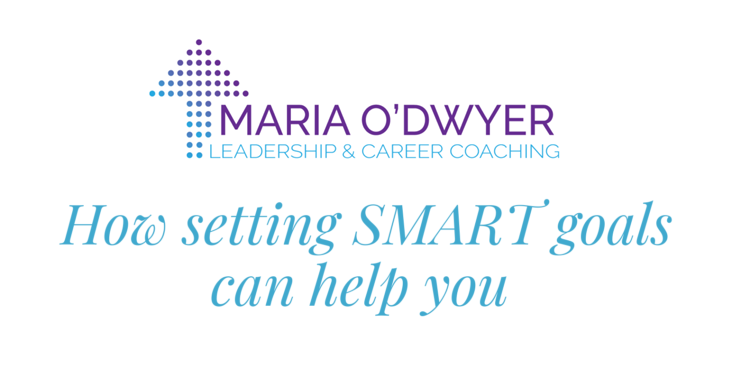
Whether in your professional or personal life, goal setting is an important step on the road to achievement. Goals provide a sense of direction, motivation and a clear focus. Having a goal gives you something to work towards. It pushes you forward and provides a constant reminder of what you want to achieve. Goals provide the motivational energy to carry on even when motivation is low.
The most well-known goal-setting technique is SMART. It is a well-established tool that you can use to plan and achieve your goals. SMART is an acronym for Specific, Measurable, Achievable, Relevant and Timely. It is a clear and simple framework that reduces the risk of creating a vague or unclear goal that is unlikely to be achieved.
How to create SMART goals:
Specific
The first part of the SMART goal setting framework is Specific. Create a well-defined, clear and specific goal. A specific goal has a much greater chance of being accomplished than a general goal. Identify some specific reasons, purposes or benefits of accomplishing the goal. There is no point in setting vague goals that don’t achieve anything specific.
To set a specific goal, consider these ‘W’ questions:
Who: Who is involved in this goal?
What: What do I want to accomplish?
Where: Where is this goal to be achieved?
Why: Why do I want to achieve this goal?
A specific goal could be, I want to improve my reporting skills by becoming proficient in Excel.
Measurable
The next part of the SMART framework is to establish the criteria for measuring progress towards your goal. When you measure your progress, you stay on track and experience the exhilaration of achievement that spurs you on to the continued effort required to reach your goal. If there are no criteria, you will not be able to determine your progress and if you are on track to reach your goal.
To make a goal measurable, ask yourself:
– How many / much?
– How do I know if I have reached my goal?
– What is my indicator of progress?
If the goal is to improve excel skills, then break this goal down into smaller measurable pieces. A measurable goal could be to work on improving excel for 1 hour a week or to complete an excel course.
Achievable
A SMART goal must be achievable and attainable. This will help you figure out ways you can realise the goal and work towards it. Set a challenging target that stretches your ability but keep it attainable so it can still remain possible.
Two questions to help you set achievable goals:
– Do I have the resources and capabilities to achieve the goal? If not, what am I missing?
– Have others done it successfully before?
If the goal is to improve excel skills, identifying an achievable goal will ensure it gets achieved. For example, if you have limited computer experience then setting a goal to be proficient in excel might be too much of a stretch and perhaps a more achievable goal would be to become a basic user of excel.
Realistic
A SMART goal must be realistic in that the goal can be realistically achieved given the available resources and time. To be realistic, a goal must represent an objective toward which you are both willing and able to work. A SMART goal is likely to be realistic if you believe that it can be accomplished.
Some questions to ensure your goal is realistic:
– Is the goal realistic and within reach?
– Is the goal reachable, given the time and resources?
– Are you able to commit to achieving the goal?
Timely
A SMART goal must be time-bound in that it has a start and finish date. If the goal is not time-constrained, there will be no sense of urgency and, therefore, less motivation to achieve the goal. It is not productive to set a deadline too far in the future for a simple task, or an unrealistically short deadline for something complex and time-consuming.
Two questions to consider:
– Does your goal have a deadline?
– By when do you want to achieve your goal?
If you want to improve your excel skills, you must schedule time to work and improve this skill and also identify the date when you would like to become proficient at it.
The next time you are setting a goal either in your professional or personal life, use the SMART goal setting tool. I hope you enjoyed reading this article and feel free to share this article with anyone you feel might benefit from it.

